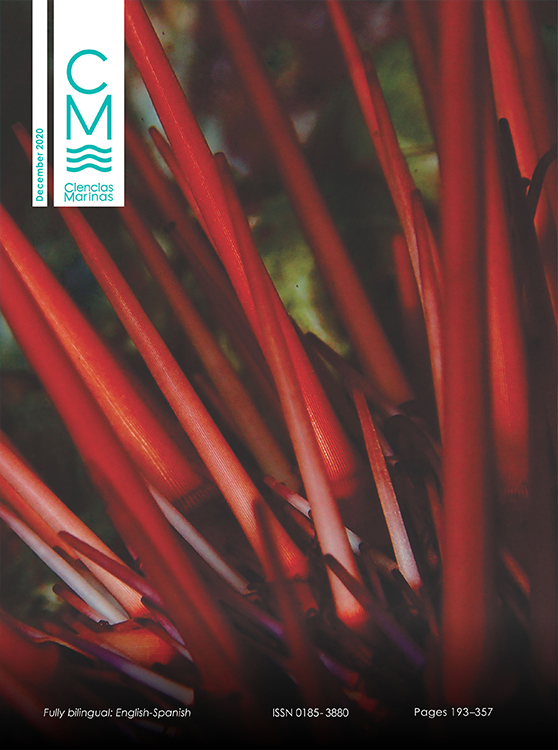A sticky thicket of glue cells: A comparative morphometric analysis of colloblasts in 20 species of comb jelly (phylum Ctenophora)
Main Article Content
Abstract
Ctenophores in the class Tentaculata are distinct from Cnidarians in that they use sticky, not stinging, tentacles to capture and subdue their prey. The structures that make these tentacles sticky are colloblasts, specialized multicellular adhesive structures for predation. Located on the tentacles, tentacle side-branches (tentilla), or oral tentilla, colloblasts are only found in comb jellies (phylum Ctenophora). To perform comparative anatomy of the diversity of ctenophore colloblasts, specimens were collected from the epi- to bathypelagic zones near the coasts of central California and the Hawaiian Islands using blue-water divers and remotely operated vehicles. Tentacle samples were immediately fixed in a 4% formalin solution at sea, and then prepared in the lab via secondary fixation in 2% OsO4 for scanning electron microscopy (SEM). Diversity of ultrastructural characteristics was observed using SEM, and the morphometrics of the collosphere, external secretion granules, and spiral filament were recorded for 20 species, within 9 families and 9 genera, including 13 undescribed species. Morphometry of colloblasts reveals that the shape of the collosphere (the organizational unit of sticky granules) falls into 3 classifications: spherical, ellipsoidal, or non-uniform. External secretion granule deposition falls into 2 categories: clustered or patterned; the cap cell membrane was either present or absent. This morphological variation is summarized graphically and will be useful to describe the functional diversity and feeding ecology of the interesting and controversial phylum Ctenophora.
Downloads
Article Details

This work is licensed under a Creative Commons Attribution 4.0 International License.
This is an open access article distributed under a Creative Commons Attribution 4.0 License, which allows you to share and adapt the work, as long as you give appropriate credit to the original author(s) and the source, provide a link to the Creative Commons license, and indicate if changes were made. Figures, tables and other elements in the article are included in the article’s CC BY 4.0 license, unless otherwise indicated. The journal title is protected by copyrights and not subject to this license. Full license deed can be viewed here.

